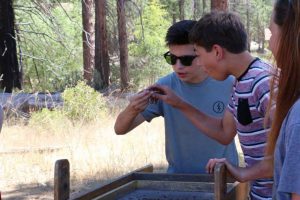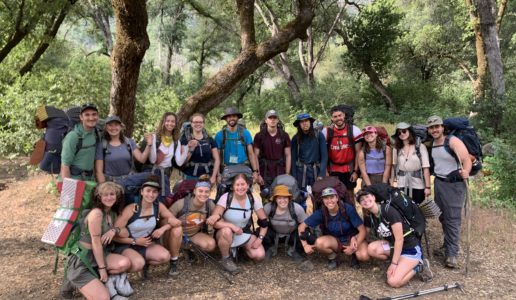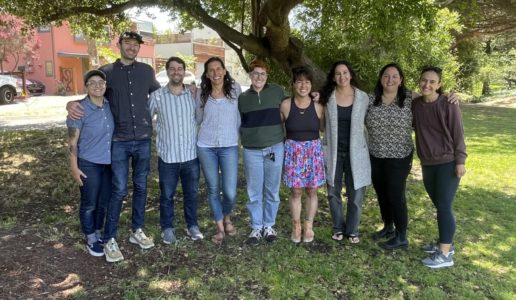Campers Join Tawonga’s First Archaeological Dig
By Ken Kramarz
Campers got their hands dirty this summer in Tawonga’s first ever archaeological dig, and boy was it fun! A team of scientists lived with us at Camp during Session III and excavated the southern end of our property. As you can see in the video below, our kids learned how to sift through the earth for obsidian and other artifacts which are now in the lab for Carbon 14 dating and sourcing.
[youtube video=https://www.youtube.com/watch?v=pn9buCdPe74]
“I felt like I was back in Israel!”
…said one of the staff, and indeed, digging into Tawonga’s past made us all feel more connected to our own people’s ancient history. Lead scientist Adrian Whitaker, Ph.D. told us about an arrowhead found at Camp that may be 3,000 years old, and we immediately think,
“So about the same time that Moses led us out of Egypt.”
Kids practiced the basics of archaeology while learning about the thousands of years of human life on our land, from prehistoric Me-Wuk times through the thrilling years of the Gold Rush. Our scientists are from Patrick GIS and Far Western Anthropological Research Group, the leading experts in the history of our region, and they really made the past come alive! At the most basic level, we learned that the same things that attract us to Tawonga today – its lovely, peaceful, secluded valley straddling the Tuolumne River – has drawn people in for millennia.
We also hosted Native American monitor Tom Carsoner from the nearby reservation/rancheria of the Tuolumne Band of Me-Wuk Indians. Tom shared amazing ethnographic information about the rich botanical life that has been revealed and revitalized by the recent Rim Fire. Tom met with the staff of our organic garden, sharing his deep knowledge of traditional medicinal plants and how they are used by Me-Wuk people. Over the years we have hosted many visits from the local Tribe, which have featured acorn soup making, native games, and – just last summer – the construction of an authentic Me-Wuk shelter, called an “Umacha” which you can see in the photo below.
Check back on this story in a few months when the lab results are in and we publish a complete resource guide on the amazing history of the Tawonga land.


